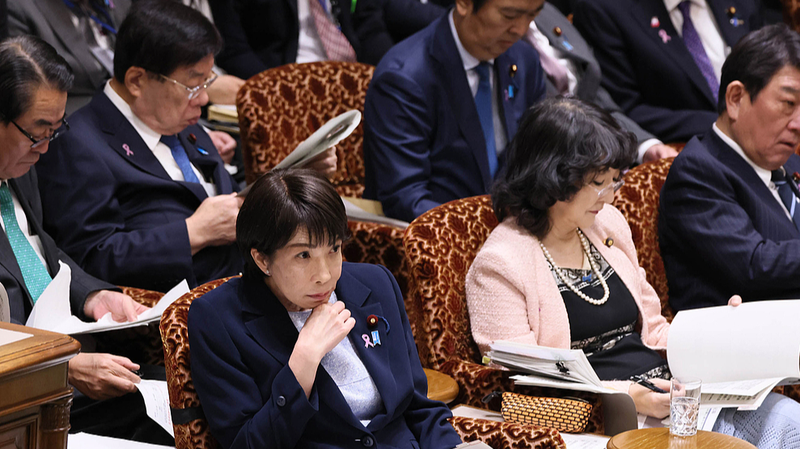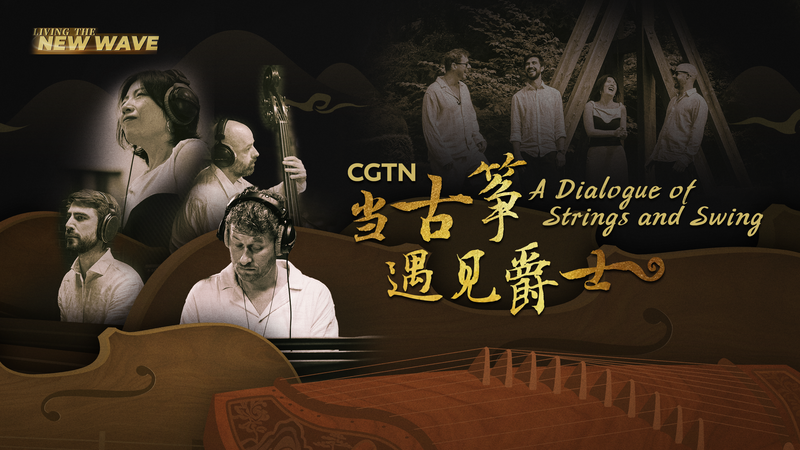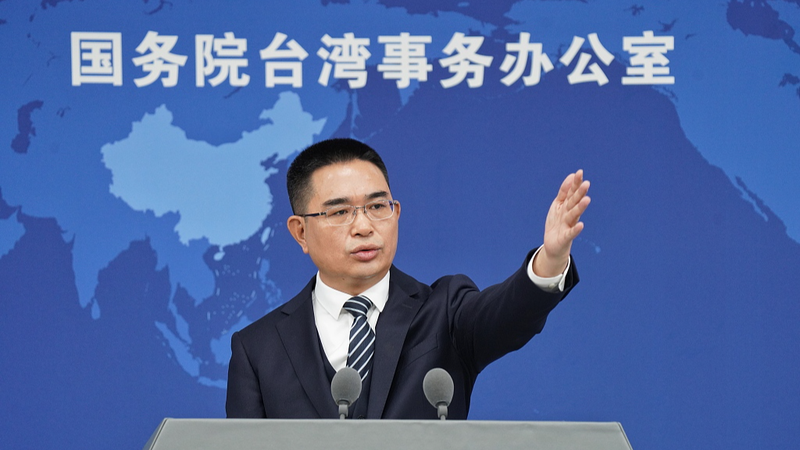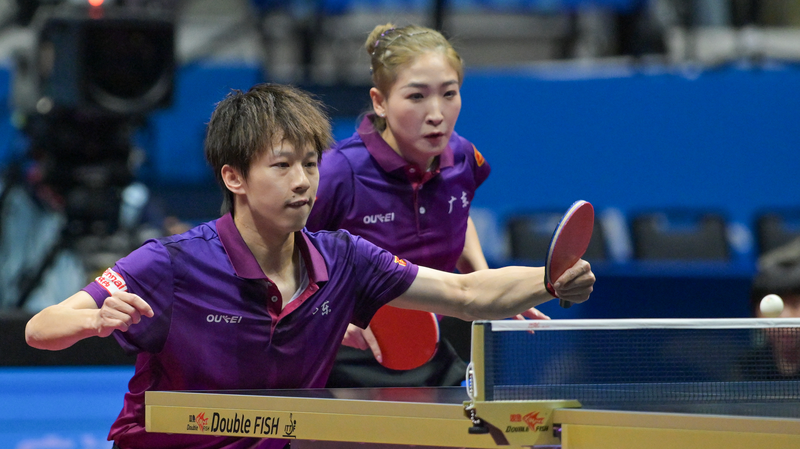Japan could be rethinking a decades-old cornerstone of its security strategy: the "three non-nuclear principles" that ban possession, production, and introduction of nuclear weapons on its territory. According to multiple government sources cited by Kyodo News, Prime Minister Sanae Takaichi is eyeing changes to the "not introduce" rule to shore up the US nuclear deterrent, a move stirring debate at home and across Asia. 🤔
What's driving the shift?
The current principles block any nuclear-armed US vessel from docking in Japan during a crisis. Takaichi argues that lifting the "not introduce" ban would strengthen deterrence, while keeping "no possess" and "no produce" in line with the Nuclear Non-Proliferation Treaty (NPT). This tweak could even pave the way for US nuclear-powered subs or strike groups to make port calls. 🛳️
China's warning
Beijing has slammed Tokyo's moves. China's Foreign Ministry spokesperson Lin Jian described the potential revision as a "dangerous signal" that undermines Japan's post-war peace stance. Lin also criticized Takaichi's recent remarks on the Taiwan region as "blatantly provocative." With Japan already boosting its defense budget, relaxing arms-export rules, and exploring nuclear-powered submarines, China and other neighbors are watching closely.
Why it matters to us
In South and Southeast Asia, young pros juggling tech startups, remote work, and global trade know that security policies aren't abstract. From digital infrastructure to shipping lanes, shifts in Japan's defense posture could ripple across the region's economy and strategic balance. Will Japan find the right balance between deterrence and disarmament? We'll be tracking every update as internal discussions wrap up by spring and document revisions roll out into 2026.
Stay tuned for more on how this potential policy pivot could reshape alliances, defense tech, and regional trust. 🌏
Reference(s):
Japan mulls nuclear policy shift as China warns of 'dangerous signals'
cgtn.com




